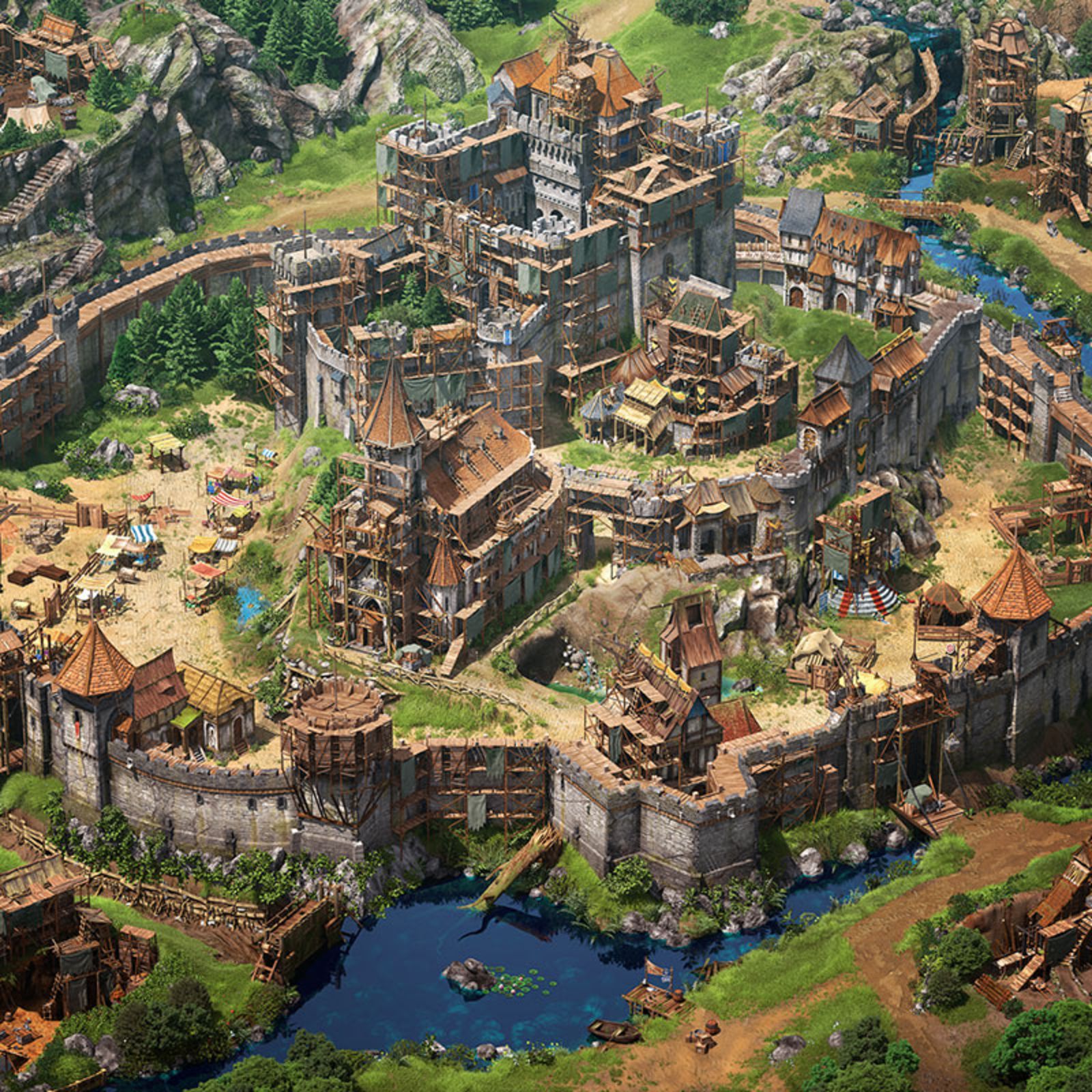

They ate in the mines and drank water that dripped from the walls. The bitter tasting dust was all pervasive, coating their teeth and causing chronic coughing. The shafts were as deep as 1,500 feet with little or no ventilation. nuclear weapons complex.įor minimum wage or less, they blasted open seams of ore, built wooden beam supports in the mine shafts, and dug out ore pieces with picks and wheel barrows. In doing so they were sent into harm’s way without their knowledge, becoming the most severely exposed group of workers to ionizing radiation in the U.S. Environmental Protection Agency, Office of Radiation Protection and Indoor Air, Technical Report On Technologically Enhances Naturally Occurring Radioactive Materials, Uranium Mining, Volume 1: Mining and Reclamation Background, EPA 402-R-08-005, April 2008. įrom the late 1940s to the mid-1960s, they dug up nearly 4 million tons of uranium ore – nearly a quarter of the total national underground production in the United States.U.S.

High Beam Business Service, Uranium-Radium-Vanadium Ores, NAICS 212291: Uranium-Radium-Vanadium Ore Mining, Industry Report, The Gale Group Inc. Department of Health and Human Services, on the Health and Environmental Impact of Uranium Mining on the Navajo Nation before the Committee on Government Oversight and Reform, United States House of Representatives, October 23, 2007. McSwain, Director, Indian Health Services, U.S.

By the 1970s an estimated 3,000 to 5,000 of the 12,000 miners employed in the United States were Navajos. There is little doubt their efforts were essential for the United States to amass one of the most destructive nuclear arsenals in the world. Until recently,The Navajo People and Uranium Mining, Doug Brugge, Timothy Benally, and Ester Yazzie Lewis (eds), University of New Mexico Press (2007). their importance remained overlooked by historians of the atomic age. P.8 Although more than half came from other nations, the uranium industry heavily depended on Indian miners in the Colorado Plateau. Atomic Energy Commission, Statistical Data of the Uranium Industry, January 1, 1972.

One of these was a canary-yellow sediment that would figure prominently in the nuclear age.įrom 1942 to 1971, the United States nuclear weapons program purchased about 250,000 metric tons of uranium concentrated from more than 100 million tons of ore.U.S. The Colorado Plateau at the foothills of the Rocky Mountains, where some of the nation’s largest uranium deposits exist, began to be formed some 300 million years ago, followed later by melting glaciers, and erosion which left behind exposed layers of sand, silt and mud. For at least the last 2 billion years, uranium shifted from deep in the earth to the rocky shell-like mantle, and then was driven by volcanic processes further up to oceans and to the continental crusts. With a radioactive half-life of about 4.5 billion years, uranium-238 is the most dominant of several unstable uranium isotopes in nature and has enabled scientists to understand how our planet was created and formed. Penzias, the Origin of Elements, Nobel Lecture, December 6,1978. Formed over 6 billion years ago, uranium, a dense, silvery-white metal, was created “during the fiery lifetimes and explosive deaths in stars in the heavens around us,” stated Nobel Laureate Arno Penzias.Arno A.


 0 kommentar(er)
0 kommentar(er)
